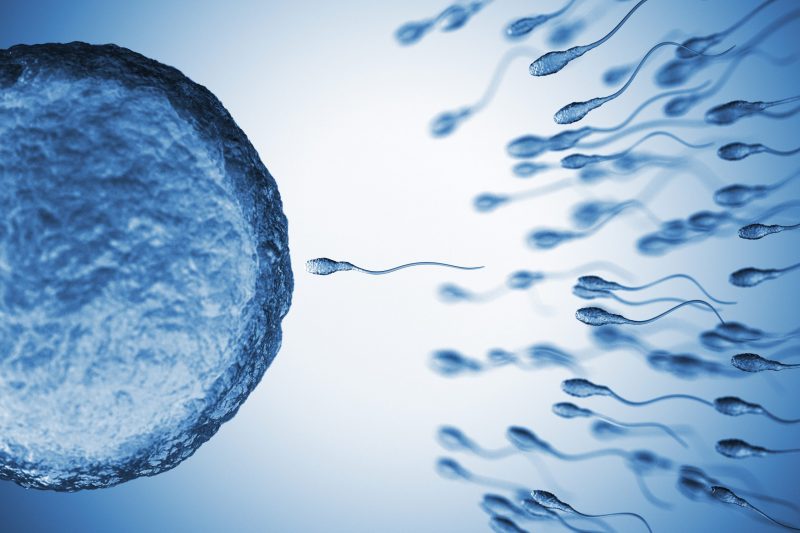 Although this reproductive decline occurs with age, there is significant variation in fertility among women of similar age, which highlights the unpredictability and individuality of the reproductive aging process. Ovarian reserve testing cannot predict menopause, but abnormal results should encourage the patient to consider more aggressive treatment options to achieve pregnancy.The American College of Obstetricians and Gynecologists offers the following conclusions and recommendations:
Although this reproductive decline occurs with age, there is significant variation in fertility among women of similar age, which highlights the unpredictability and individuality of the reproductive aging process. Ovarian reserve testing cannot predict menopause, but abnormal results should encourage the patient to consider more aggressive treatment options to achieve pregnancy.The American College of Obstetricians and Gynecologists offers the following conclusions and recommendations:- Ovarian reserve testing should be performed for women older than 35 years who have not conceived after 6 months of attempting pregnancy and women at higher risk of DOR, such as those with a history of cancer treated with ovarian-toxic therapy, pelvic irradiation, or both; those with medical conditions who were treated with ovarian-toxic therapies; or those who had ovarian surgery for endometriomas.
- The most appropriate ovarian reserve screening tests to use in practice are basal follicle-stimulating hormone (FSH) plus estradiol levels or antimüllerian hormone (commonly known as AMH) levels. An antral follicle count, commonly known as an AFC, also may be useful if there is an indication to perform transvaginal ultrasonography.
- It is important to recognize that a poor result from ovarian reserve testing does not signify an absolute inability to conceive and should not be the sole criteria considered to limit or deny access to infertility treatment.
- The best marker for oocyte quality is age.
- Female age and ovarian reserve test results are useful for discussing prognosis and recommending a treatment plan. Younger women with DOR demonstrate reduced oocyte numbers but may have normal oocyte quality, whereas older women with normal ovarian reserve may have a good number of oocytes but an age-appropriate decrease in oocyte quality.
- When test results suggest decreased or DOR, it is reasonable to counsel the woman that her window of opportunity to conceive may be shorter than anticipated, and attempting to conceive sooner rather than later is encouraged.
- Compared with women of similar age, women with DOR commonly have regular menses but a reduced quantity of ovarian follicles and, thus, may have a limited response to ovarian stimulation with fertility medications and reduced fecundity (probability of achieving a live birth in a single reproductive cycle).
Risk Factors for DOR
- Female older than 35 years
- Family history of early menopause
- Fragile X premutation carrier
- Previous ovarian surgery (eg, for endometriomas or removal of an ovary)
- History of cancer or medical conditions treated with chemotherapy or pelvic irradiation



